Best time management tips to stay productive
Productivity is elusive. While we experience productivity bursts when we’re inspired, it’s hard to stay productive day in and day out, especially when your time is filled with distractions, meetings, and boring admin tasks.
In my work, I’ve found that the essence of productivity isn’t that mysterious. Productivity is simply doing the tasks at hand in an efficient way. But the key is effective time management. When I’m able to arrange tasks for myself and my team in a way that focuses on things that matter, productivity tends to be the natural outcome.
What are the key principles of time management?
Time management is a way of structuring available hours so that you can use them to get the most important stuff done, spend as little time as possible on things you don’t like (email, anyone?), and dedicate more time to things you do like. Effective time management helps with all of the above.
There are a few key productivity principles that support all time management techniques:
- Be specific with your objectives. Having clearly established goals helps create a structure around everything you need to do and come up with a solid plan. “Publishing a newsletter every Friday” is better than “getting 10,000 subscribers” — you have full control over the former but not the latter.
- Prioritize tasks. Multitasking is less effective than giving every task your full attention. When you concentrate, you complete tasks faster and better, so it pays to start with the most important ones and work through the list in descending order — or start with a small win and move to the most important task right after.
- Batch similar tasks together. One of the key tips for time management is reducing context switching. This means that it’s more productive to check and send all emails together twice a day than peeking into your email client every 15 minutes and disrupting your flow.
- Avoid procrastination. Procrastination can kill any productivity strategy and derail all time management techniques. We procrastinate before we start doing something, so the key is to train yourself to start on tasks before you get a chance to delay them. Persuade yourself to work for five minutes, and your curiosity will take over from there.
- Say no. Once you have a plan and your schedule is full, you have to stay disciplined and say no to any other requests coming in. If something is truly urgent, you can work it into your plan, but make sure to remove a few low-priority tasks accordingly to avoid stretching yourself too thin.
Feel free to adjust these principles to the way you work but keep them in mind when trying out various time-management models.
Top time-management techniques to improve productivity
When you follow the foundational time-management principles outlined above, you can quickly become more productive and learn how to make the most out of your time. But it also helps to get a bit more support than that.
That’s where time-management techniques fit in. They are a collection of how-tos that can give you a basic structure you can work from. Try them all and stick with the one that suits you. In my case, I’m partial to the simplicity of the Pomodoro technique.
The Pomodoro Technique
Pomodoro is one of the most popular techniques for managing your time. The key is to break down your work into short intervals (I use 25 minutes) and give them complete focus, not letting yourself be distracted.
Then follow up every work interval with a short break (5 minutes is usually enough for me to recharge). You can do anything you want during the break: stand up, stretch, look out the window, etc. Then back to another work interval.
Make your work interval short enough so you can concentrate solely on the next task. Without using Pomodoro, people tend to work for hours on one task and inevitably get distracted, checking email, talking to coworkers, reading something online, etc. With Pomodoro, the same task is likely to get done in just two or three intervals of intense focus.
Here’s how to use the Pomodoro Technique:
- Write down your next task.
- Set the Pomodoro timer for 25 minutes.
- Work without distractions.
- Stop working when your timer runs out.
- Rest for five to 10 minutes and repeat.
Every four hours or so (or eight pomodoros), you can take a longer break as well as adjust the length of the intervals to better suit the way you work.
The Eisenhower Matrix
Lots of people are using the Eisenhower Matrix without even realizing it. This time-management technique is attributed to President Dwight D. Eisenhower. In his 1954 speech, he was quoted as saying, “I have two kinds of problems, the urgent and the important. The urgent are not important, and the important are never urgent.”
As you can guess, the Eisenhower Matrix contains four quadrants:
- Urgent and important.
- Not urgent but important.
- Urgent but not important.
- Not urgent and not important.
The key is to sort all your tasks according to this matrix, which will automatically prioritize them for you.
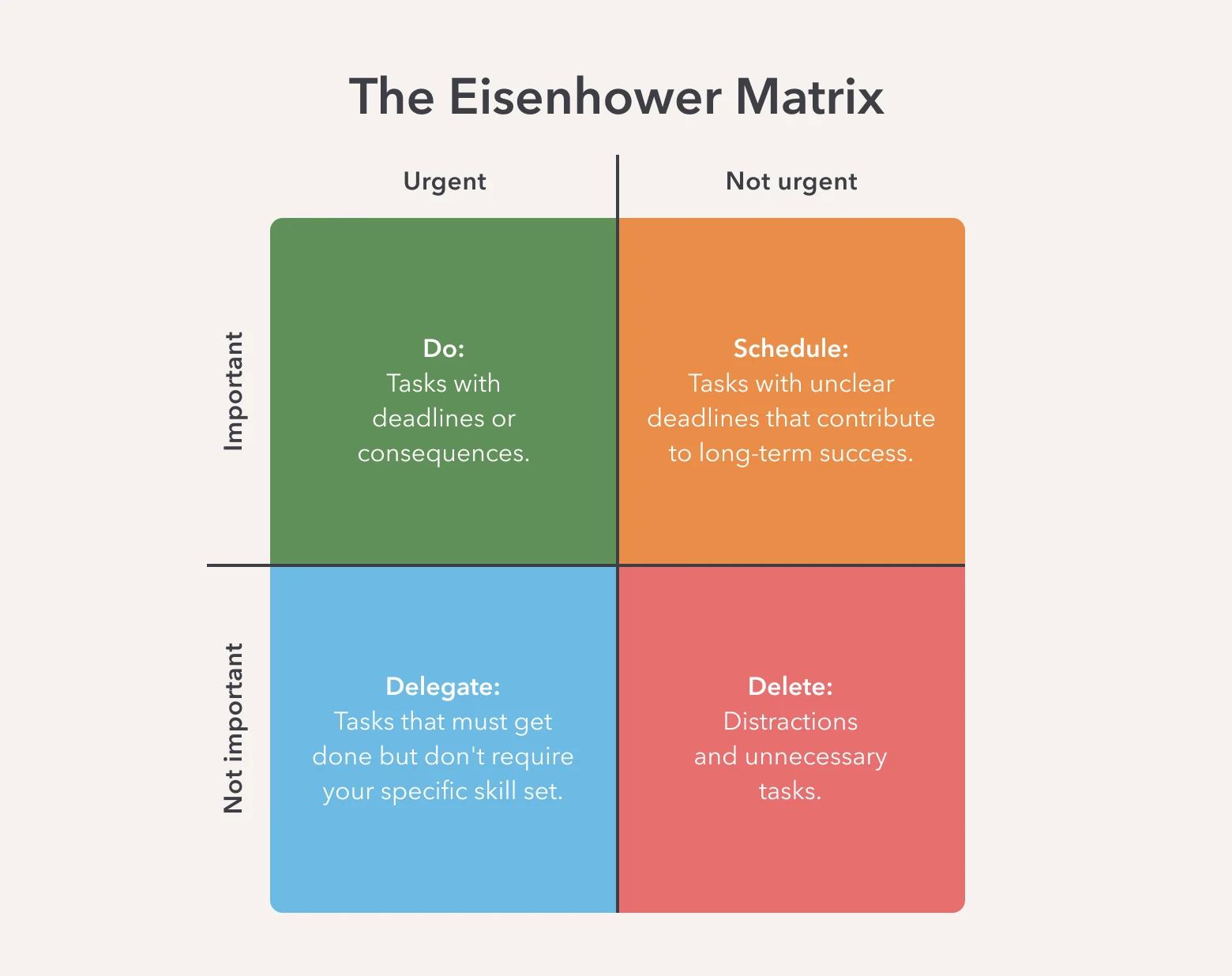
You can combine a few techniques together too. For example, I like tackling tasks from the Eisenhower Matrix with the Pomodoro Technique.
Time blocking
Time blocking approaches time management from a budgeting perspective. Since you have a limited amount of time and lots of things you need to do, you need to decide what you’re going to spend your time on. The key tenet of time blocking is to give each minute of your time a job. Then you never have to ask “what should I be doing now?”
You can think of time blocking as merging your calendars and to-do list together. So you include events you can’t avoid (e.g. meetings or commute) into your plan and prevent overscheduling by facing clear limits. It’s easy to add dozens of tasks to your to-do list, but when you lay out each one on the calendar, you realize that you only have time for a few.
To start time blocking:
- Open your calendar.
- Include unavoidable events (e.g. sleep, commute, meetings).
- Estimate how much time every task on your to-do list is going to take.
- Create a new event for every task until your calendar is full.
- Start working!
Surrendering yourself to your calendar with time blocking frees up your decision-making muscles and lets you focus completely on what you should be doing at that moment.
The work-reward loop
Unlike other time-management techniques, the work-reward loop doesn’t provide you with structure but rather with a sequence. In this way, it’s actually a motivation tactic.
The key in the work-reward loop is to establish a reward for every meaningful task you’re going to accomplish. Your rewards don’t have to be elaborate — just something you’d love to do and give yourself permission to do guilt-free (since you worked for it).
Here are a few work-reward examples:
- Finish the report and eat an ice cream.
- Reply to all the emails and go for a 10-minute walk.
- Write an article and scroll Instagram for 5 minutes.
- Plan the upcoming project and call a friend to catch up.
You can use rewards in combination with other techniques as well when you need that extra motivation to get through the to-do list.
Time management tips for productivity
Using time management techniques and principles discussed above will get you well on your way to increasing your productivity and avoid days when it seems like nothing gets done.
Another key aspect of time management today is using productivity and time-tracking apps to simplify the process of managing your tasks and spend more time on completing them instead.
When it comes to apps you need to have on your Mac and iPhone, nothing comes close to the collection at Setapp. Setapp is a subscription platform with over 250 best-in-class macOS and iOS apps for any category you can imagine, from organization to email clients to project management tools.
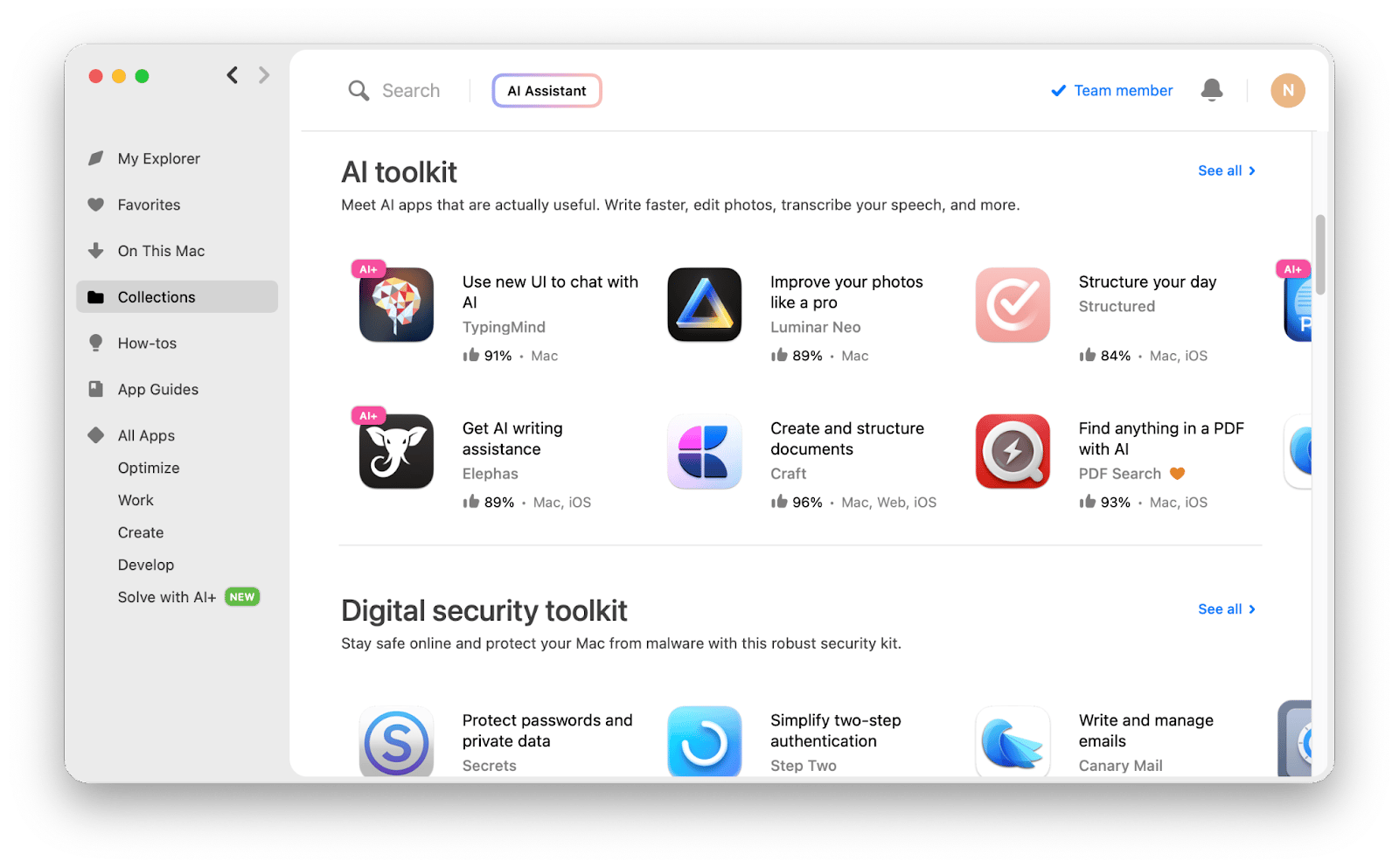
Here are a few extra tips for time management that you can implement using apps from Setapp.
Need quick help? Simply tell Productivity Tools — our free GPT assistant — what you need, and it will recommend the right tool for your use case in seconds.
Timing: For auditing and tracking time
Auditing and tracking your time is essential for improving your estimates and scheduling tasks for the future. And one of the best time-tracking apps — Timing — is available on Setapp. Timing automatically logs time and creates an intuitive dashboard that shows how you spend your day and where you could improve.
I prefer creating custom time entries that correspond to tasks in my project management software, so the two are always aligned.
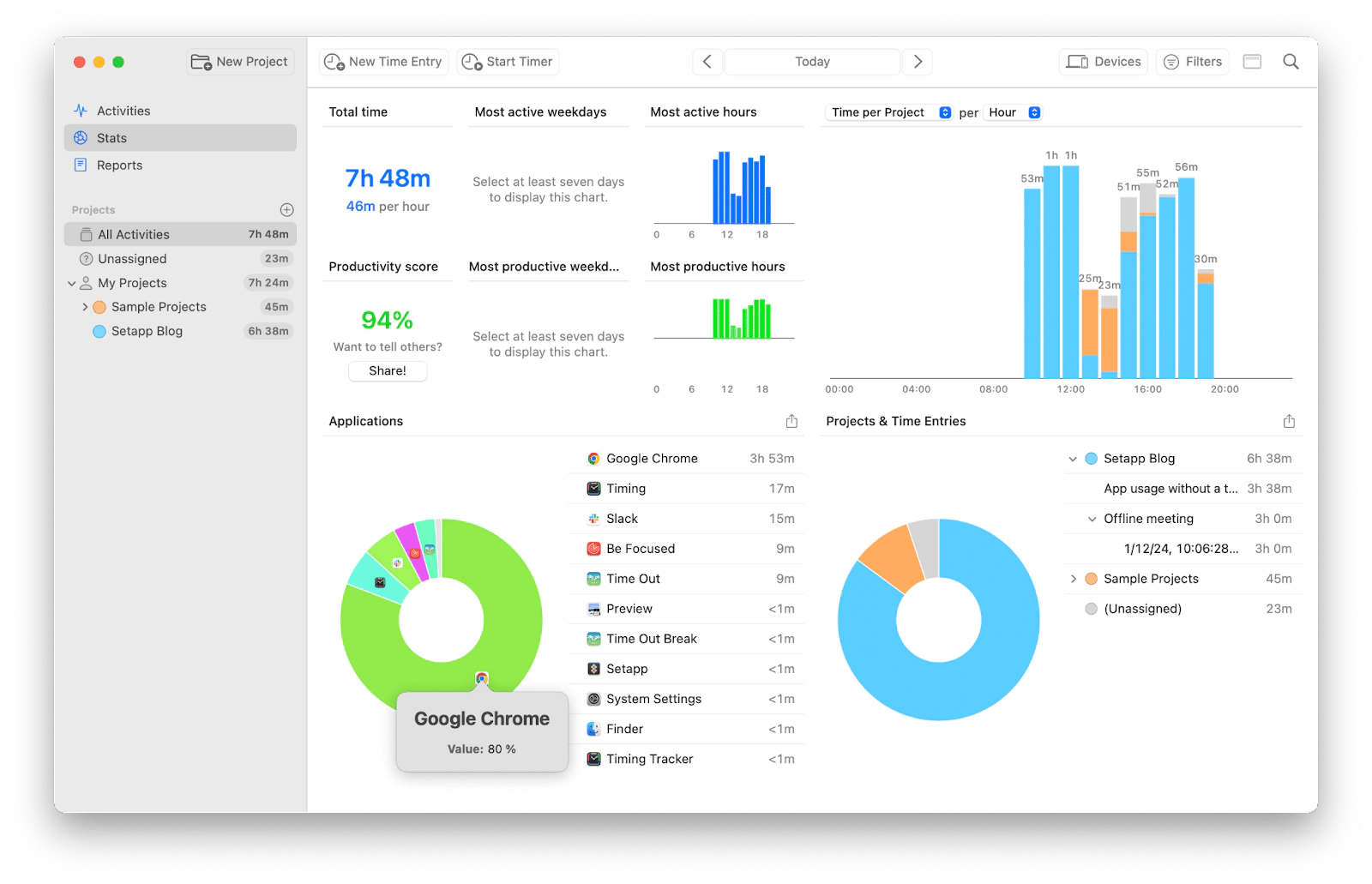
Be Focused: For eliminating distractions
Eliminating distractions should become the foundation of your productivity. The best way to do this is with Be Focused, a time-management app that keeps tabs on your tasks, blocks distracting websites, and features a timer that uses the Pomodoro technique.
Using Be Focused, you can track your productivity across all devices and see how it changes over time. What I like the most about Be Focused is that it’s always available in the menu bar, one click away.
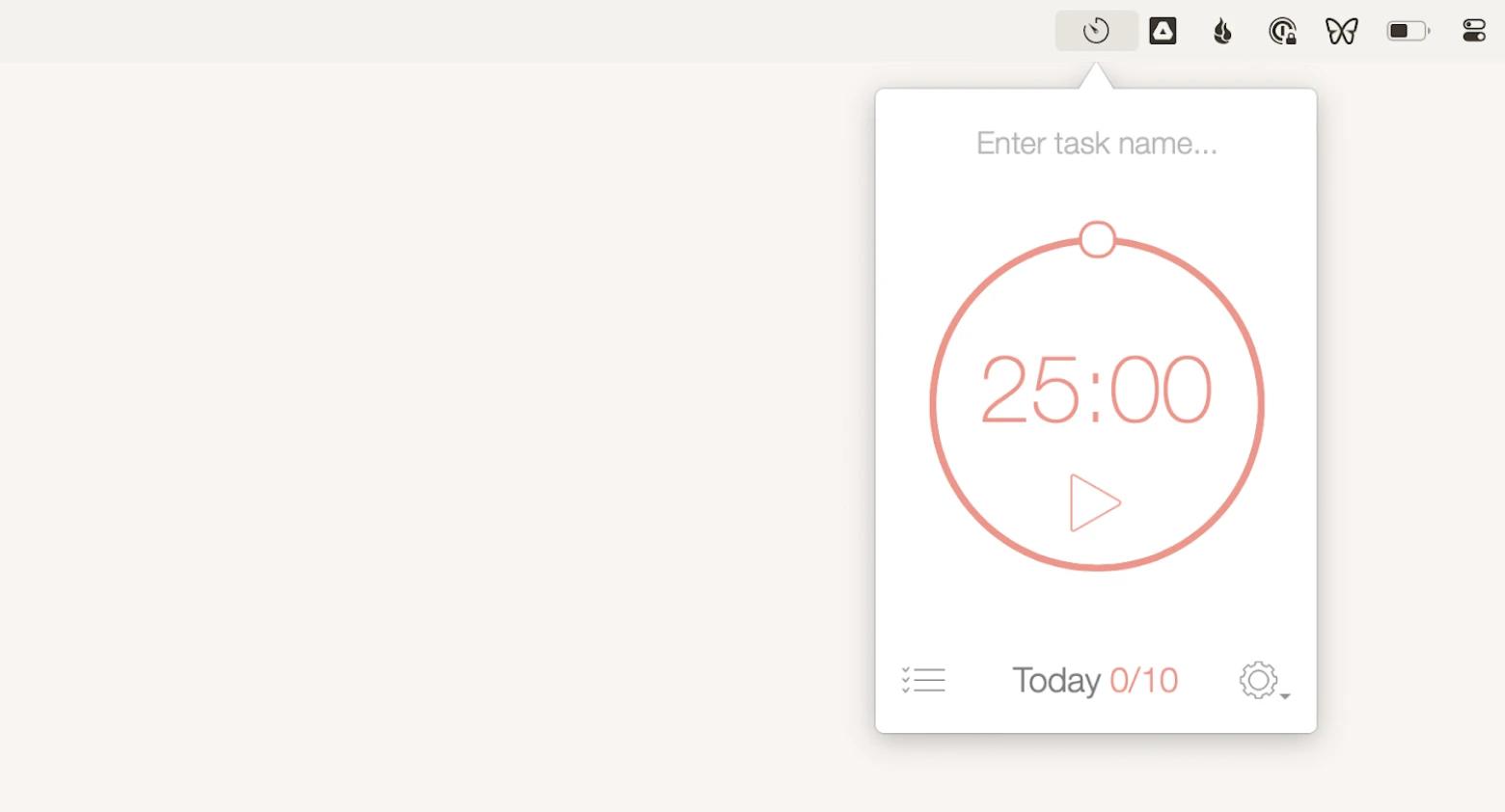
NotePlan: For getting organized
Getting organized is going to help you find anything you need faster. NotePlan is a note-taking powerhouse that also manages your tasks and calendar.
You can easily time-box and plan your day, create to-dos, set goals, schedule meetings, and take notes — all from the same interface. No context switching here.
I find the task-calendar integration especially useful, as merging tasks and events creates a more realistic representation of your day.
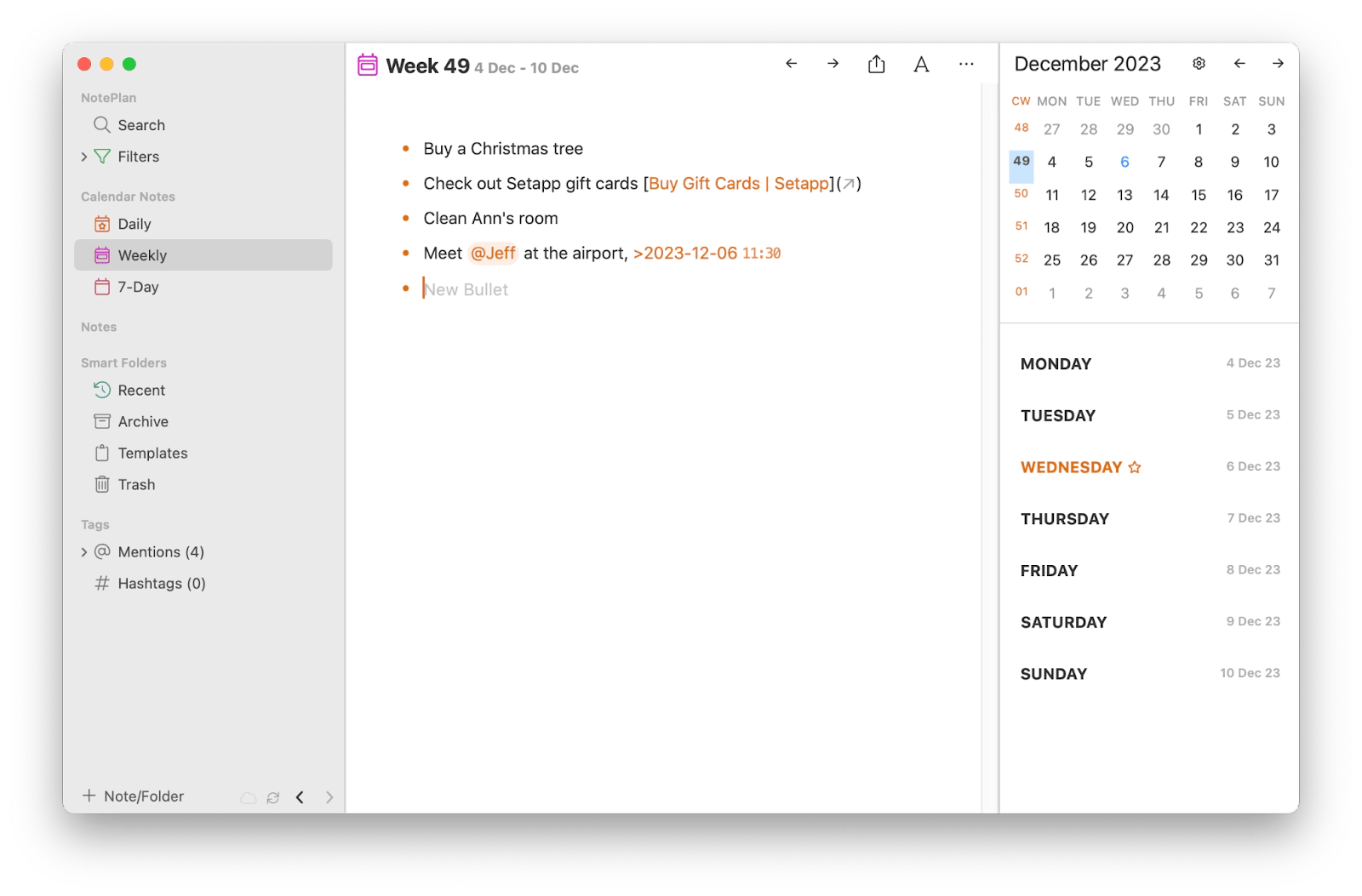
2Do: For keeping track of goals
Having clear goals is important for building structure around your tasks and helping your focus. 2Do is an easy way to track goals for months-long projects and break them down into step-by-step tasks. You can set reminders, create checklists, search through archives, and add quick tasks on the fly.
I find myself using 2Do for large personal projects that require lots of small and repetitive steps (e.g. building a personal brand).
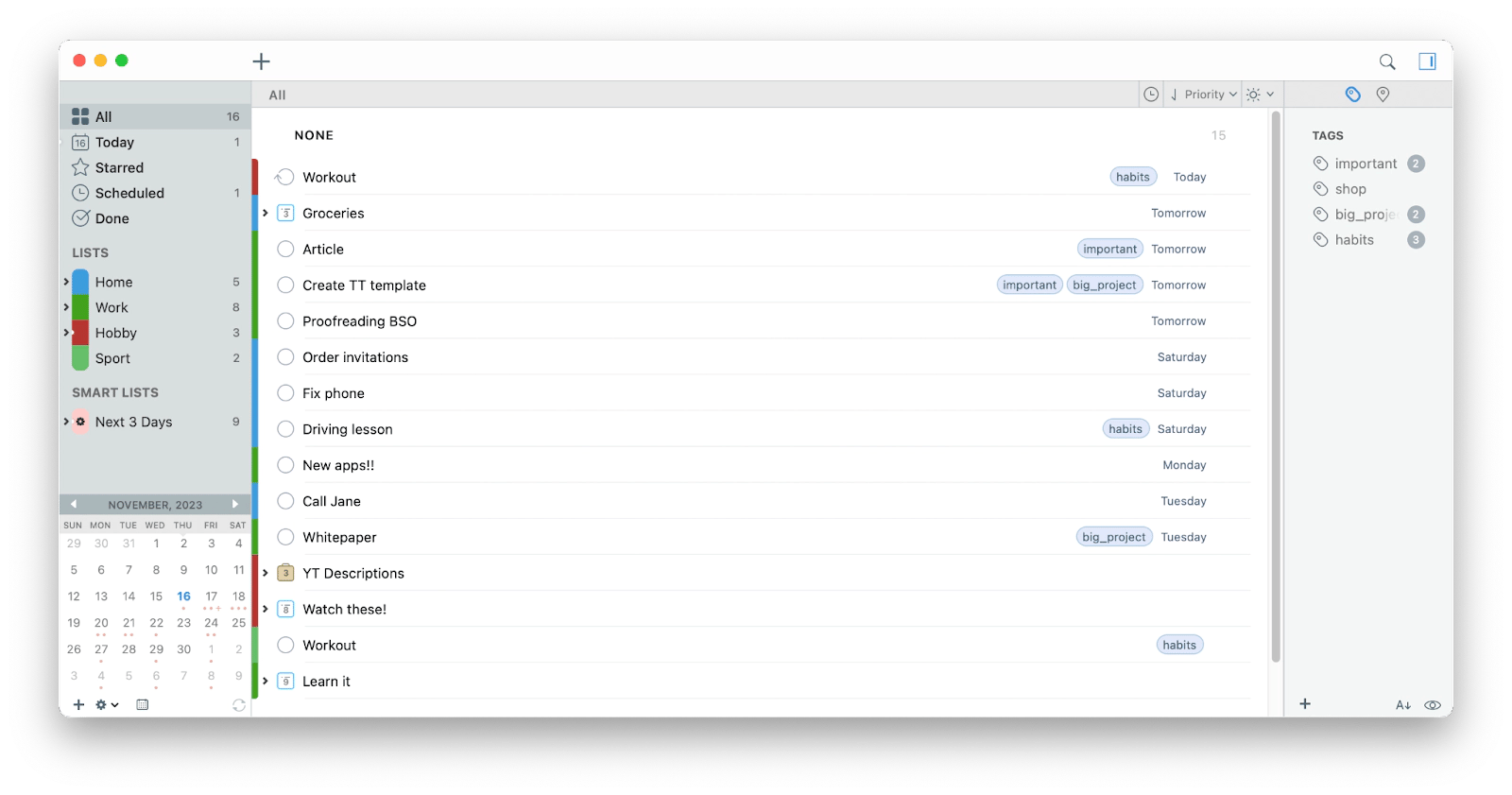
Pagico: For collaborating with others
Collaborating with others and delegating tasks lets you accomplish more of what’s truly important. To make sure that all projects go according to the plan, use Pagico.
Pagico is a project management app that makes it easy to create and assign tasks to others and track their completion across multiple projects.
The Gantt chart feature in Pagico is especially helpful when planning out your workload over the next week or month to avoid taking on too much.
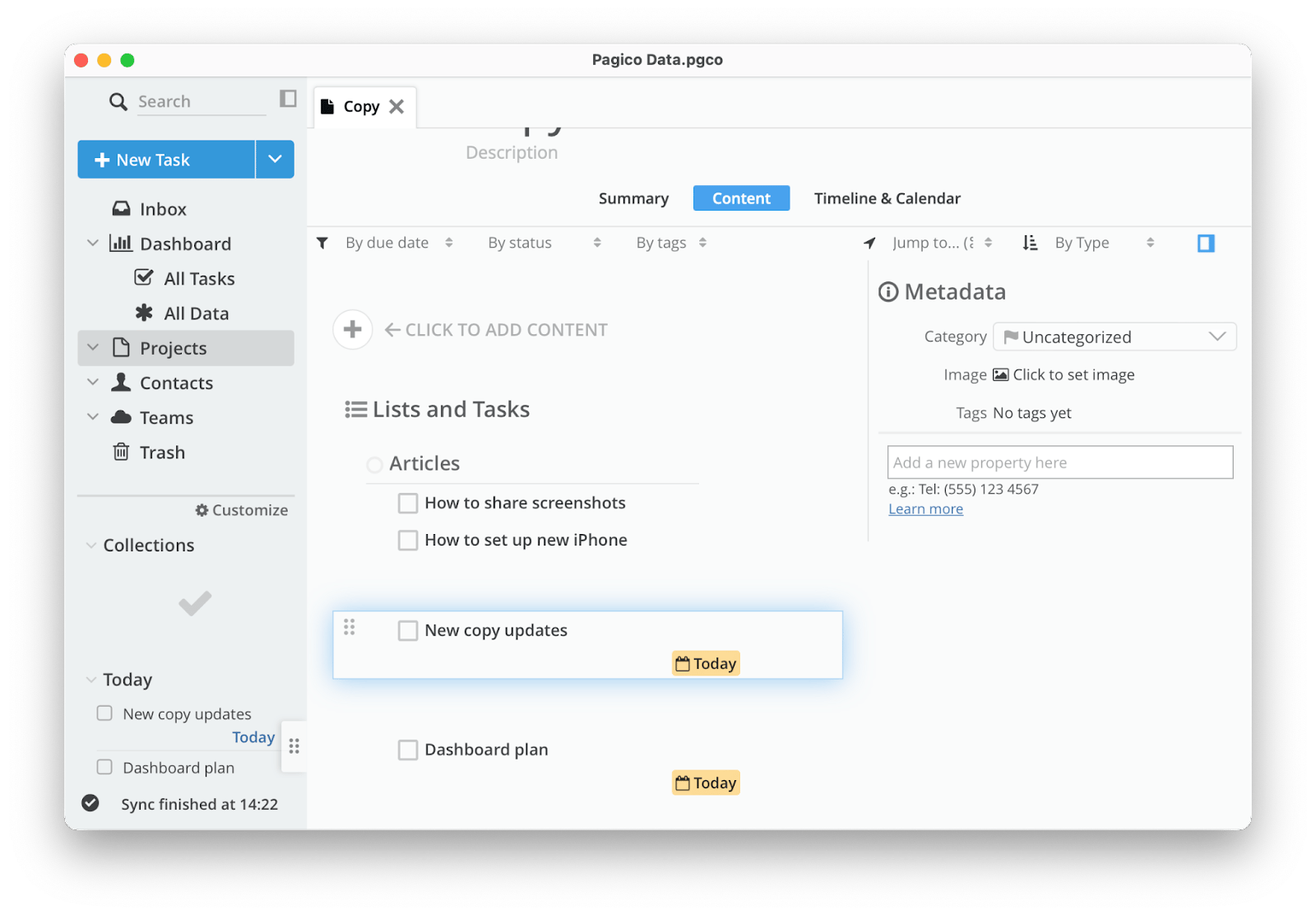
Headway: For quick inspiration
Being inspired sets you on the right path to accomplishing your goals faster. With Headway, you can source inspirations from hundreds of non-fiction books and get ideas about how to tackle any problem you’re facing in just a few minutes a day.
My personal tip is to use Headway when researching a new subject by quickly skimming through a few relevant books.
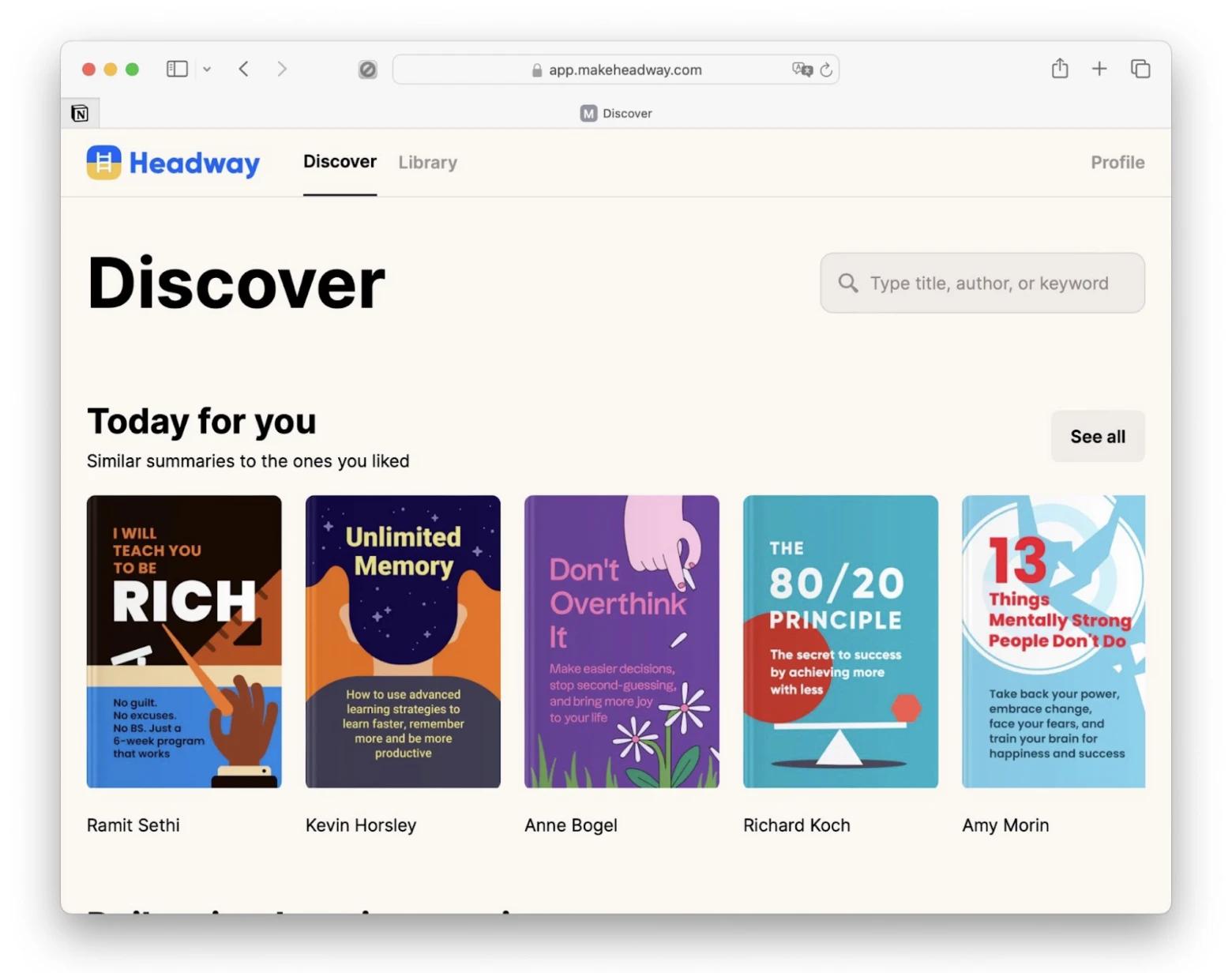
Awesome Habits: For changing your lifestyle
Establishing a routine is key to improving your time-management skills. That’s exactly what Awesome Habits allows you to do.
This app lets you add any habit and keeps track of how you’re doing with its handy macOS widgets. You can use it on Mac and iOS devices, and get timely reminders when a particular habit is due.
I try to use Awesome Habits to dial in my morning and evening routines, adding new healthy habits over time.
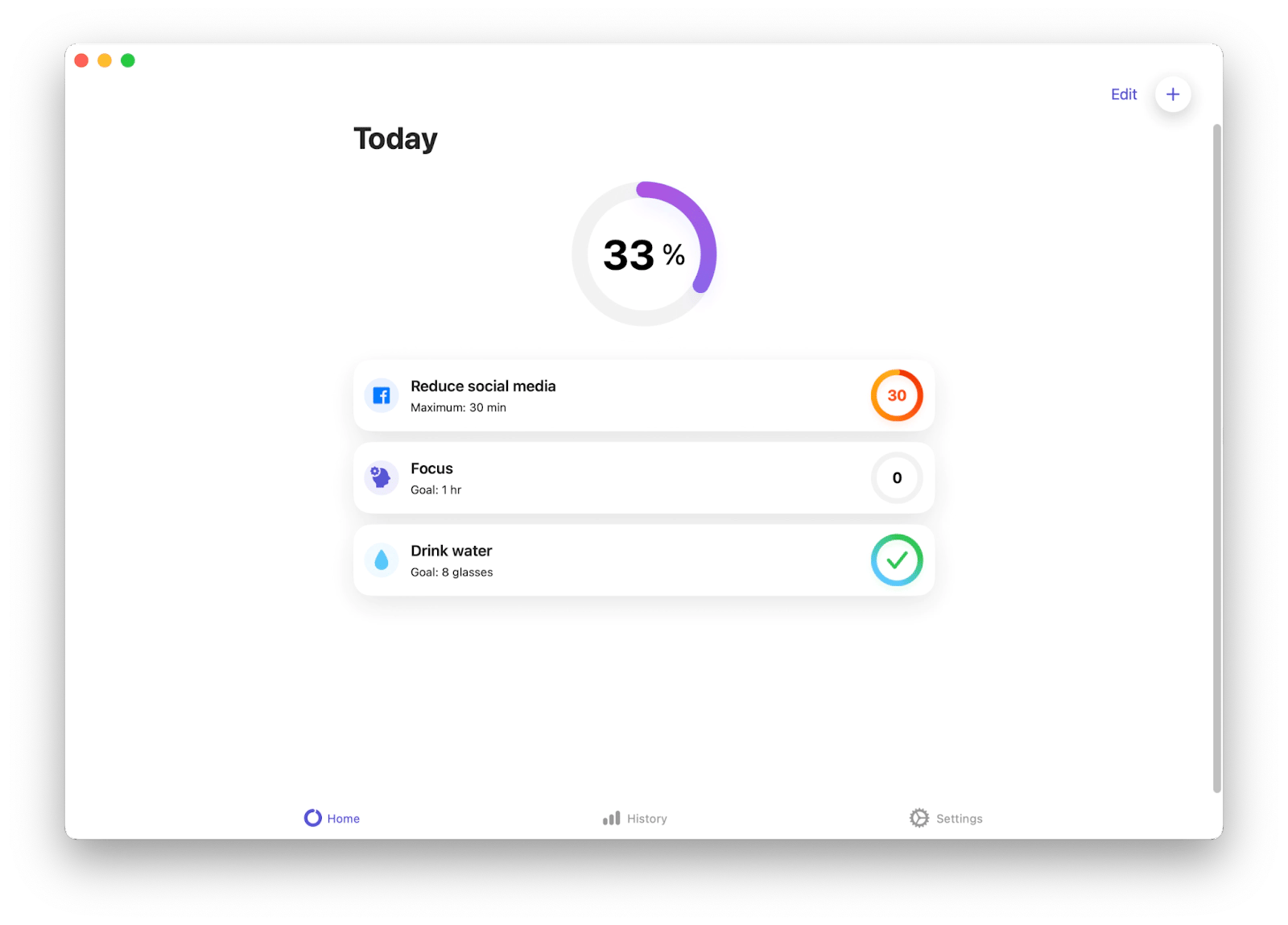
Focused Work: For timed focus sessions
Another excellent tool to manage your time is Focused Work. The app allows for timing your work so that you focus in bursts. This makes it easier to concentrate and dedicate a slot of time solely to the task at hand.
In Focused Work, you can set reminders to start a focus session, utilize several types of focus sessions, and even temporarily block websites and apps that could potentially distract you from your task.
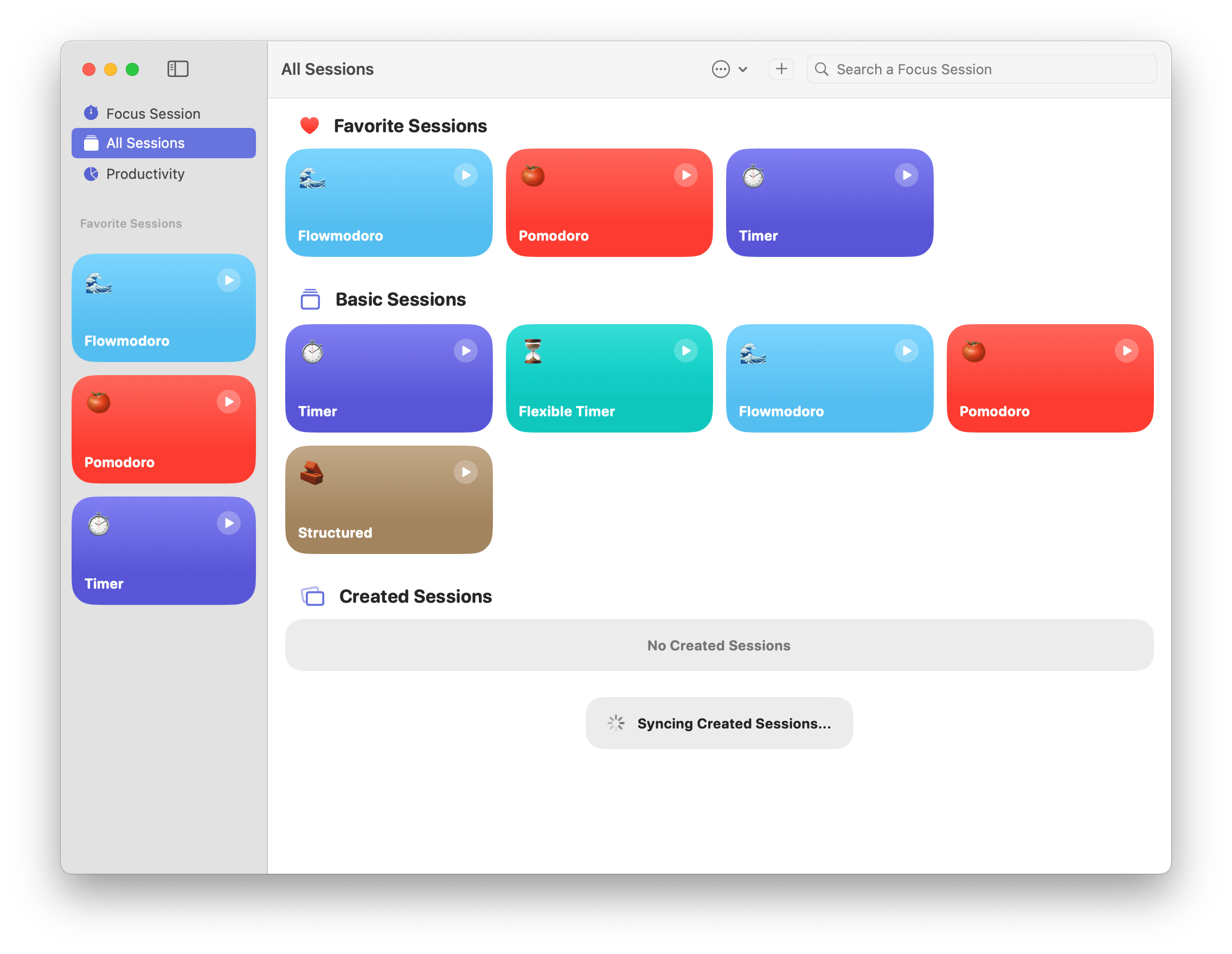
The key to time management tips
As you can see, effective time management is about three things: principles, techniques, and tools. When it comes to tools, try Timing for time tracking, Be Focused for setting a distraction-free environment, NotePlan for managing notes and tasks, 2Do for tracking goals, Pagico for collaborating with others, Headway for learning and inspiration, and Awesome Habits for forming new habits.
Best of all, if you sign up for a seven-day trial of Setapp, you can try all these apps for free. Setapp is an app platform with over 240 top-tier Mac and iOS apps. Try any app in the Setapp collection at no cost and find your new favorites!






